How to lock in Star Alliance first & business class upgrades
Upgrading from economy to business class across Star Alliance airlines is easy, though there are a few points to consider first.
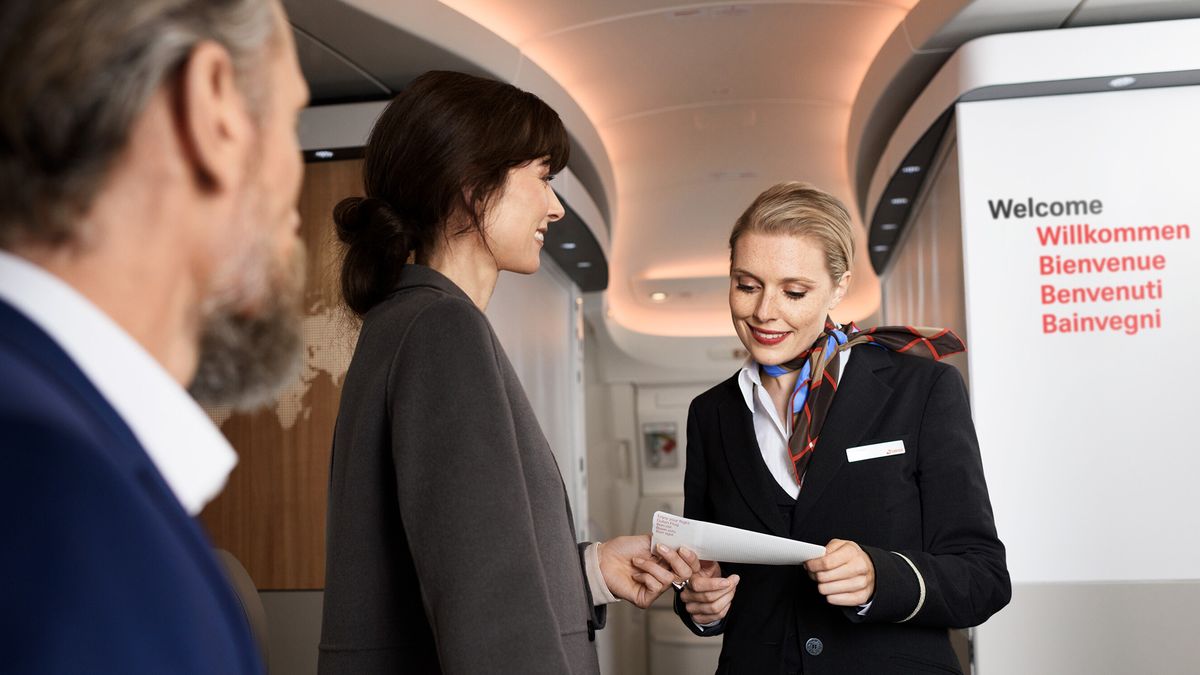
Whether you’re flying Lufthansa, Singapore Airlines or any one of the 26 Star Alliance members, using frequent flyer points or miles to upgrade from economy to business class (or from business to first) is always a great decision.
You don’t have to be a member of that airline’s loyalty program to do so either. That’s because Star Alliance allows ‘upgrade awards’ across all of its members, so frequent flyers can use miles or points collected from one airline to upgrade on another.
For instance, Singapore Airlines KrisFlyer miles can be swapped for a business class seat on Air New Zealand, United Airlines miles can be traded for a bump-up on All Nippon Airways, or Lufthansa miles can help you secure a better pew on EVA Air.
The process is straightforward too, though there are few caveats to be mindful of.
Star Alliance Upgrade Awards: the basics
Every carrier runs its own frequent flyer program. As a result, some of the rules around Star Alliance upgrades vary from airline to airline: that said, there are commonalities.
First of all, upgrades are strictly one-class only. So while you can upgrade from economy to business, you usually can’t upgrade from economy to first – nor can you use two upgrades on one flight, such as leapfrogging from economy to business and then first.
It also depends on whether an airline has a premium economy cabin. Singapore Airlines, for example, states on its Star Alliance upgrade chart that “upgrades from economy class to business class are only applicable for flights without premium economy class.”
Only top-end flexible economy tickets are eligible for upgrades too – that means you can’t buy the cheapest economy airfare and then upgrade to business using miles.
On most airlines, these fares are generally the most and second-most expensive ‘Y’- and ‘B’-type fares, although some do open this up to the third-, fourth- and fifth-highest.
From business class to first, eligible fares are normally those which carry the ‘C’ and ‘D’ fare letters, although rules can differ between some airlines and frequent flyer programs.
For instance, upgrades on Singapore Airlines are also possible from ‘J’, ‘Z’ and ‘U’ fares, while SWISS doesn’t permit upgrades on ‘D’-type tickets, but does allow them ‘J’ fares. It’s a good idea to call your loyalty program to confirm before booking.
Those fare letters won’t mean much to most people, but it pays to keep an eye out for them when making your reservation or once you’ve received your booking confirmation.
Star Alliance Upgrade Awards: things to note
While Star Alliance business class upgrades can usually be locked in as soon as you book your trip, there’s no guarantee an upgrade will be available on your chosen flight.
If it’s important to you, call the airline you’ll be flying with to confirm availability before making a booking. Similarly, contact your own frequent flyer program to see what’s available – a quick call can help you avoid future disappointment.
You’ll also need to avoid booking codeshare flights if you want an upgrade. That is, the flight number on your ticket needs to belong to the airline actually operating the flight.
For example, if you’re flying Thai Airways, make sure you book a TG flight number only.
Upgrades to business class are also processed on a flight-by-flight basis and for all passengers on single booking (up to four), so if you’re flying with colleagues and don’t want to upgrade everybody, have the airline ‘split’ your journey from the group ticket before you request an upgrade.
Finally, if successful, you’ll earn points and status credits (or miles/tier miles, depending on your program) based on the original economy ticket you paid for, not at the higher business class rates.
Star Alliance Upgrade Awards: how many points are needed
There’s no hard and fast rule on the number of points required to upgrade, as each frequent flyer program adopts its own unique rates for upgrading on partner airlines. Distance travelled and the region visited are often factored into the equation.
The moral of the story: always check with your personal frequent flyer program to confirm how many miles/points will be needed to upgrade on any given flight.
While you’re at it, check how many miles you’d need to book a first class flight on that same route outright (rather than as an upgrade).
That’s because some frequent flyer programs charge very similar numbers of points for upgrades and outright bookings, in which case you could save your points by flying business class on your paid trip, and use those points for a second, near-free first class trip on the same route at a later date.
Star Alliance Upgrade Awards: how to book
Once your flight is ticketed with the operating airline, you’re all set to request a Star Alliance upgrade.
To do this, simply call your frequent flyer program to make the required points/miles payment (not the airline you’re booked with).
The upgrade must be requested and confirmed in advance and is subject to seat availability. Once approved, the points will be deducted from your account.
Tips for upgrading using Singapore Airlines KrisFlyer miles
Singapore Airlines KrisFlyer members looking to upgrade on flights across the Star Alliance can find a full list of eligible airlines and fares on the Singapore Airlines website, along with a chart detailing how many miles are needed to upgrade on each route.
Among your options: 89,500 KrisFlyer miles to upgrade on Air Canada and United Airlines flights from Australia to North America and 73,500 miles for upgrades from Australia to China, Japan and South Korea on Air China, ANA and Asiana Airlines.
You could also upgrade from economy to business class on Thai Airways and EVA Air flights from Australia to Thailand and Taipei, respectively, for an even 50,000 KrisFlyer miles.
Note that KrisFlyer upgrades on ANA can only be requested within 56 days of departure and aren’t offered on Japanese domestic flights – nor are upgrades available on SAS flights within Europe. Upgrade requests are also unavailable on THAI domestic flights.
Tips for upgrading using Air New Zealand Airpoints
Air New Zealand is stricter with its Star Alliance upgrades: you’ll need to get your request in at least seven days before travel. ANA upgrades can only be requested within 28 days of travel – giving a three-week upgrade window before the other seven-day limit kicks in.
Upgrades with all other airlines can be requested online from the moment your booking is confirmed and ticketed, provided you’re again booked on an eligible fare.
In Airpoints Dollars you’ll need AUD$1,550 for a business upgrade from Australia to the USA or Canada, and a higher A$1,860 between Australia and the whole of Asia.
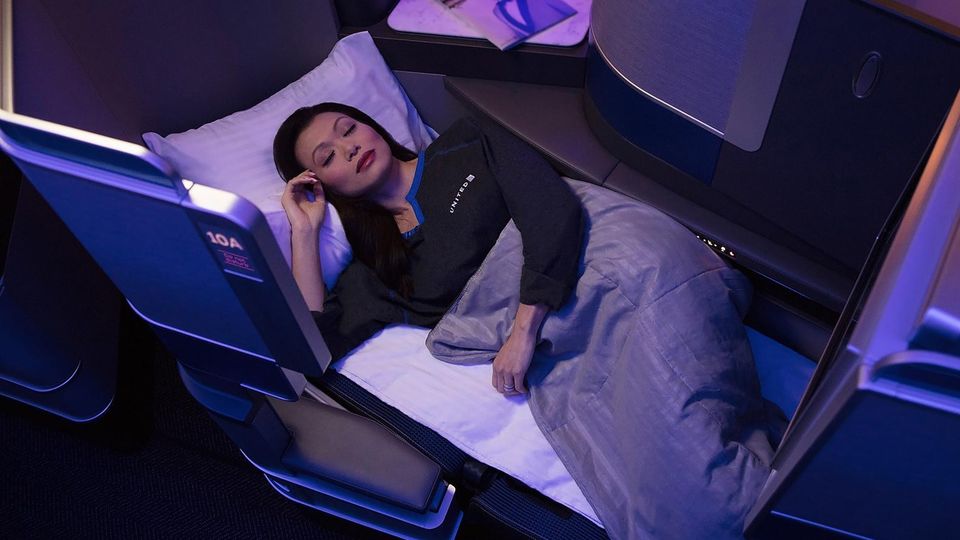
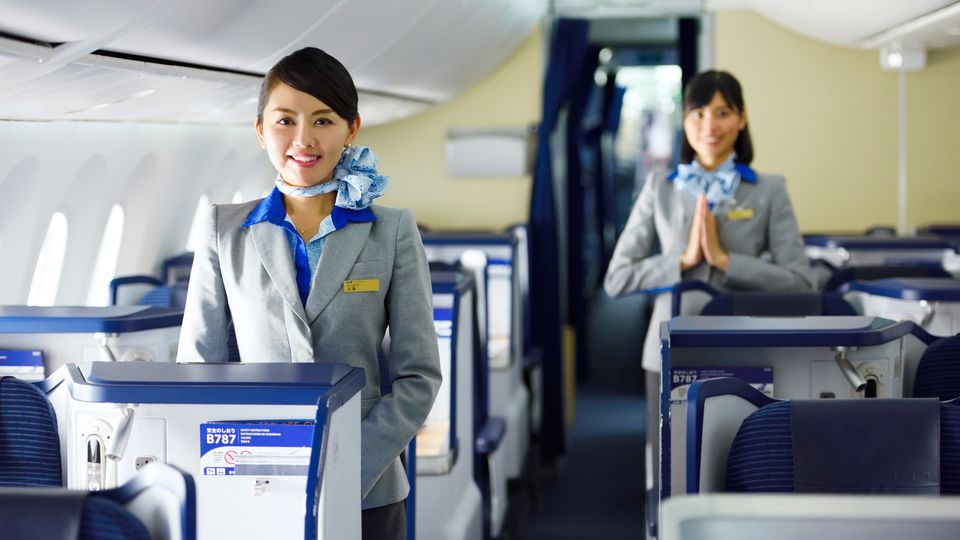
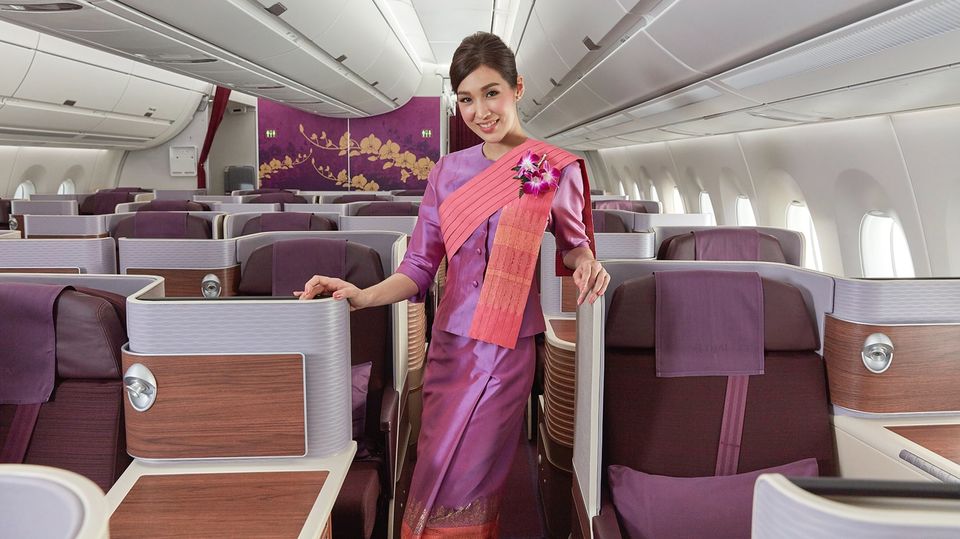
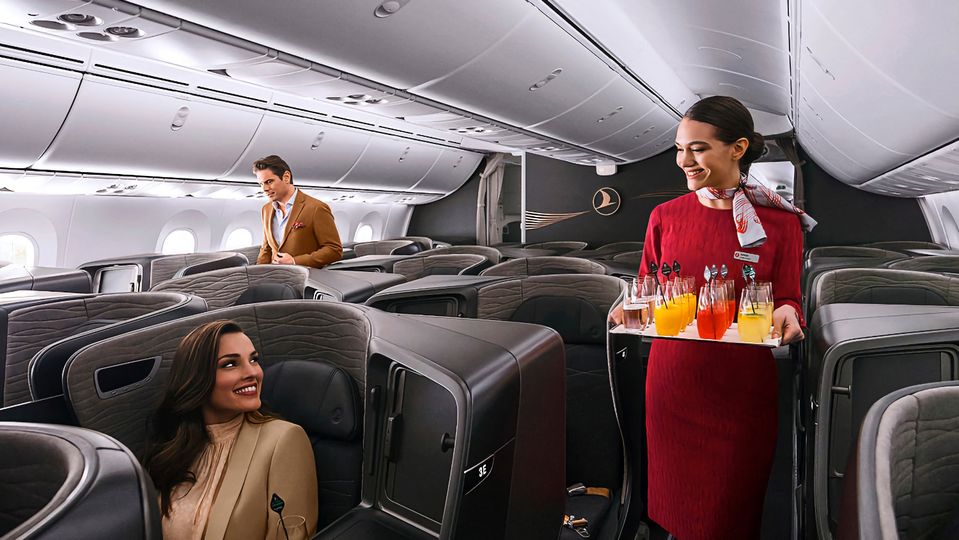
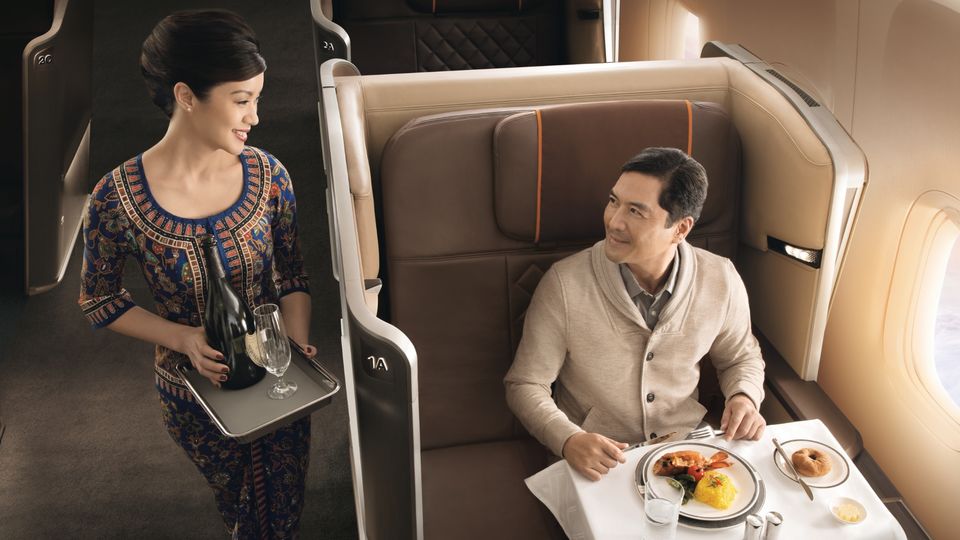
05 Aug 2017
Total posts 17
Question1: does your *A status matter for upgrade priority (ie front of queue for gold)?
Question2: is calling your FF program the only option? You cannot do it on booked airlines website?
Question3 (maybe a new article): how can you find and book “reward seats” on *A using only points?
09 Nov 2018
Total posts 1
I am interested to hear how others members have used this. I am so far finding it not very usable.
For example, I am a United MileagePlus member trying to book an upgrade Melbourne to London. Singapore is out because the terms state you can't redeem this in the carrier's 777, A380 or A350 (basically their entire long haul fleet). When I look at Thai the highest economy fare is M class - can't find a Y on their website. Plus i would only want to buy the highest economy fare if I knew the upgrade was available but this forces you to book first with the carrier then check with your FF programme.
Johnny 9 - United has an online form you fill in once booked with your flight details and they get back to you with availability. Not sure how other programmes work but it may be similar.
Hi Guest, join in the discussion on How to lock in Star Alliance first & business class upgrades